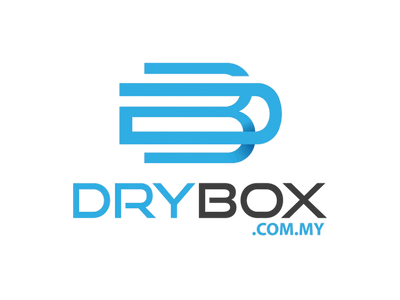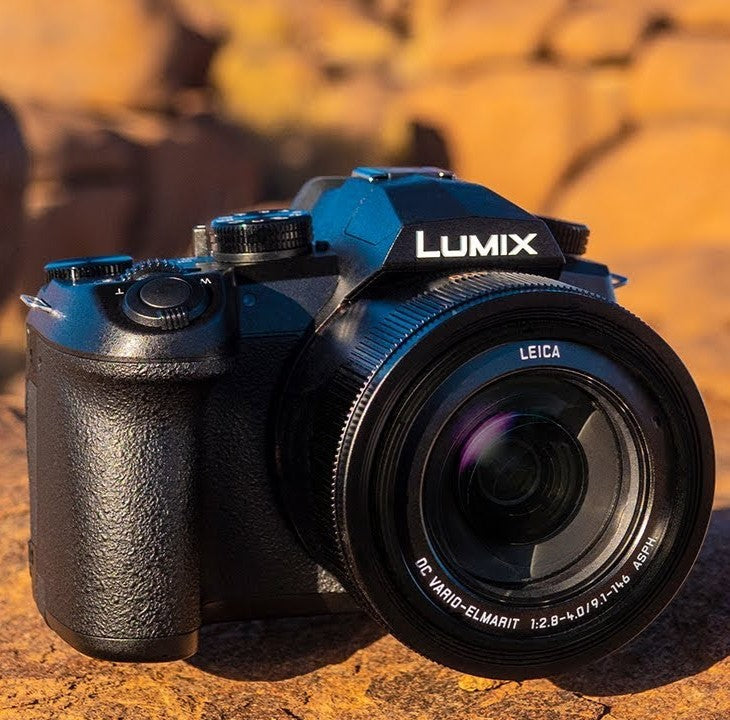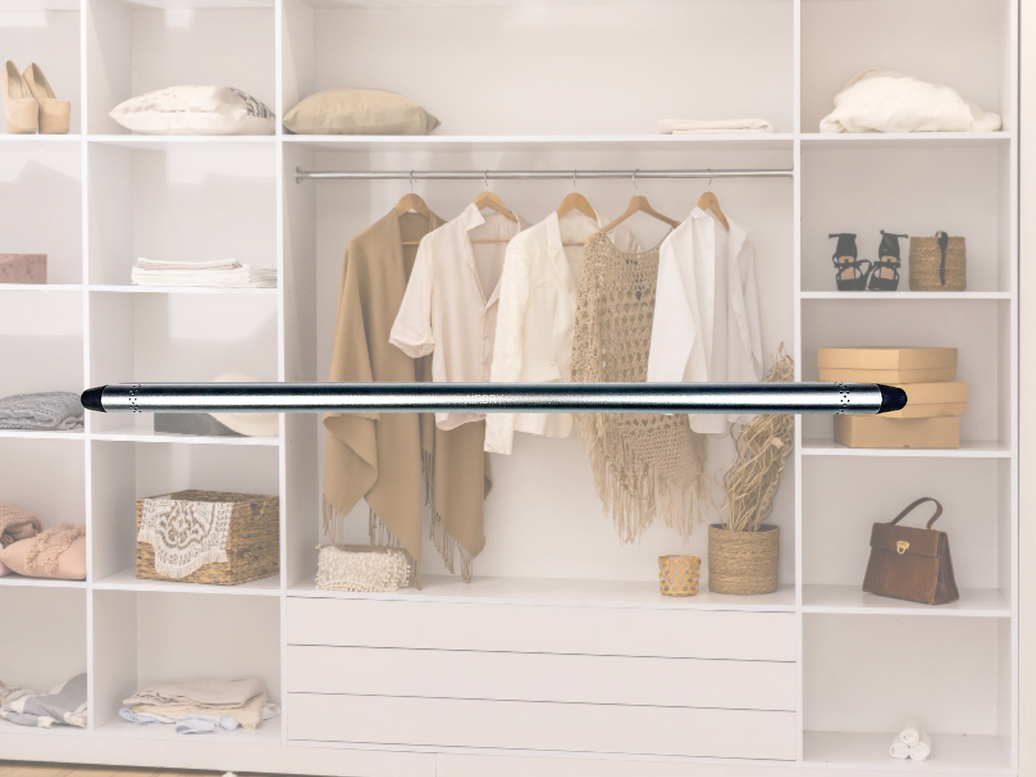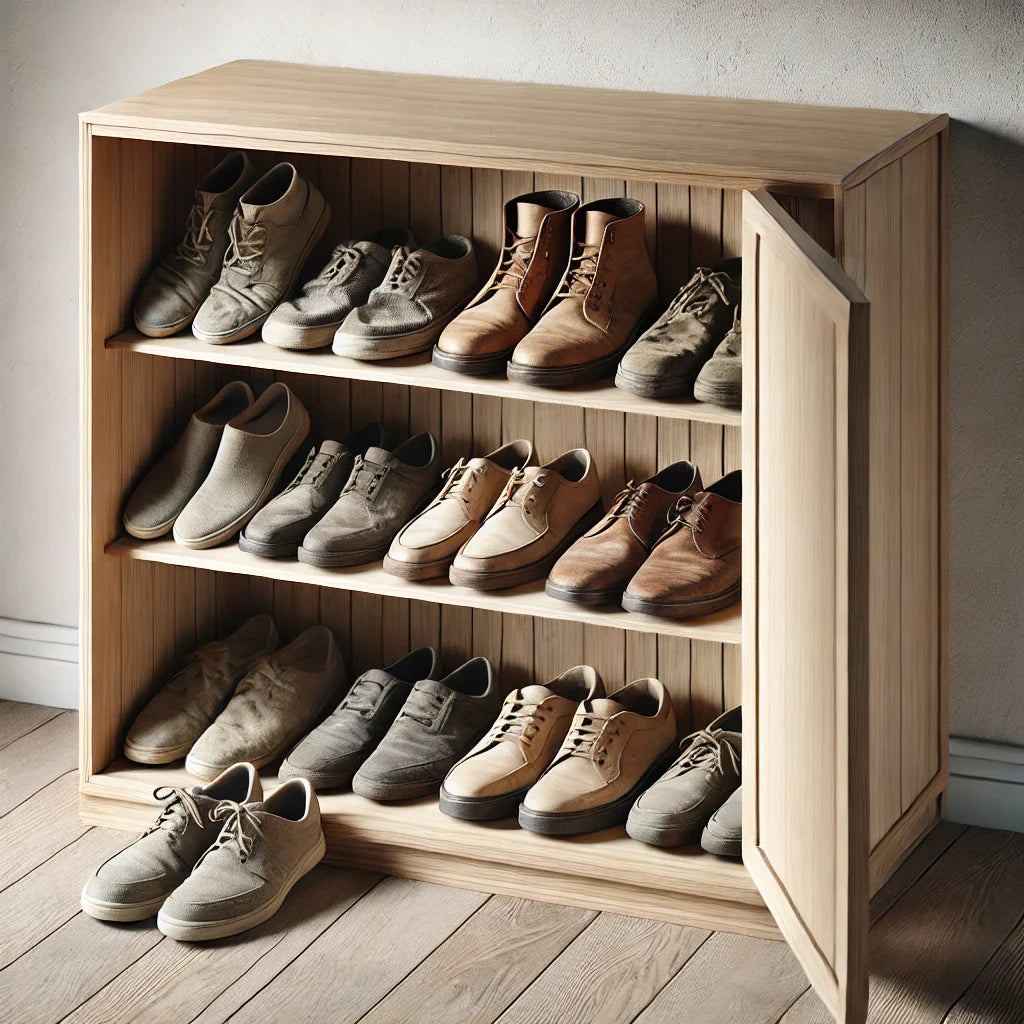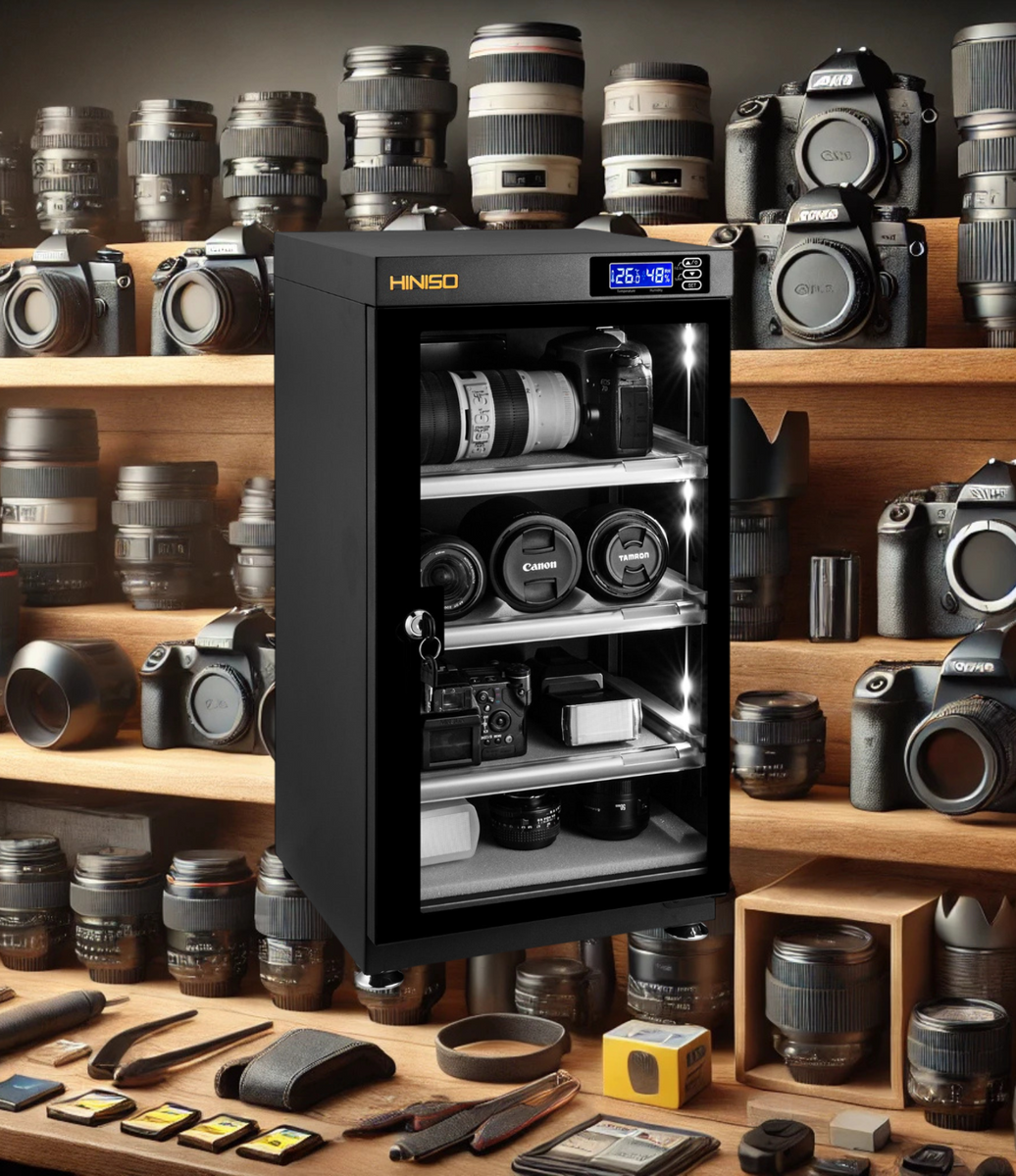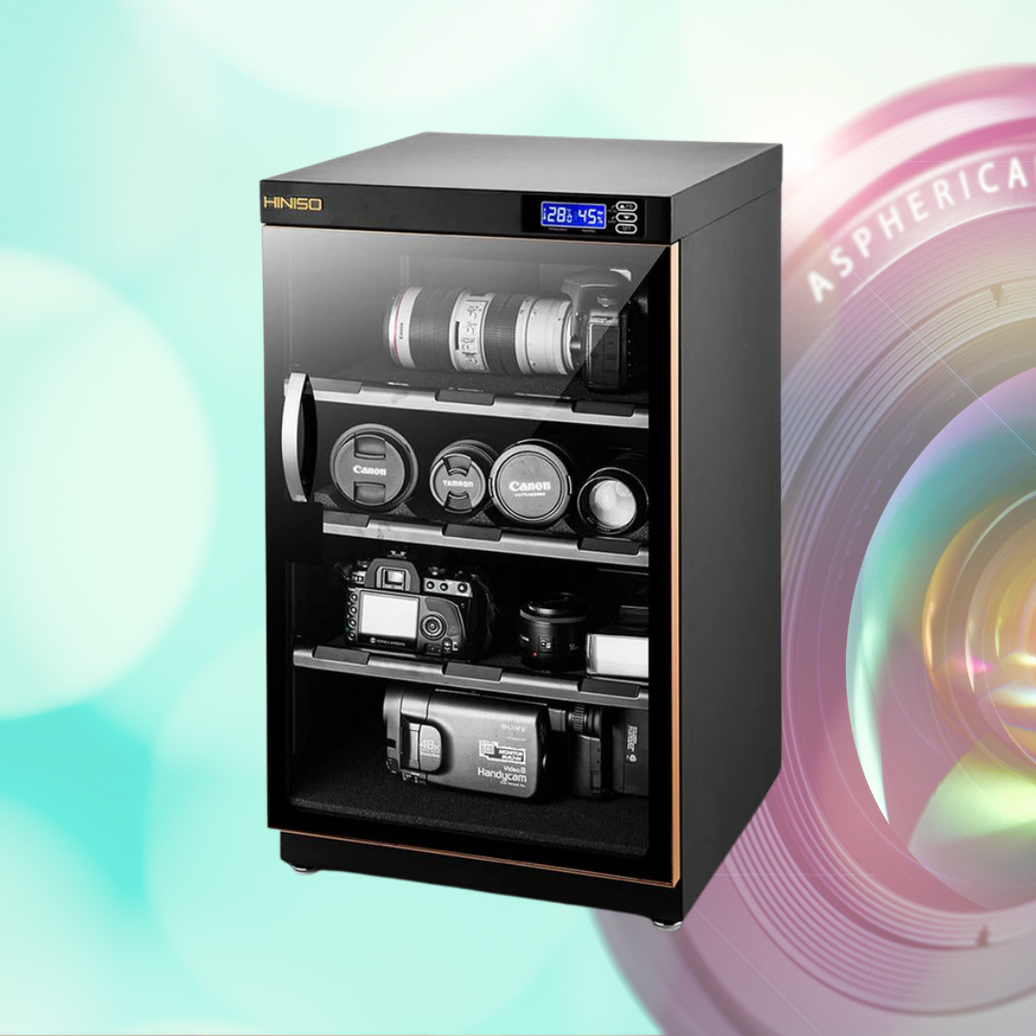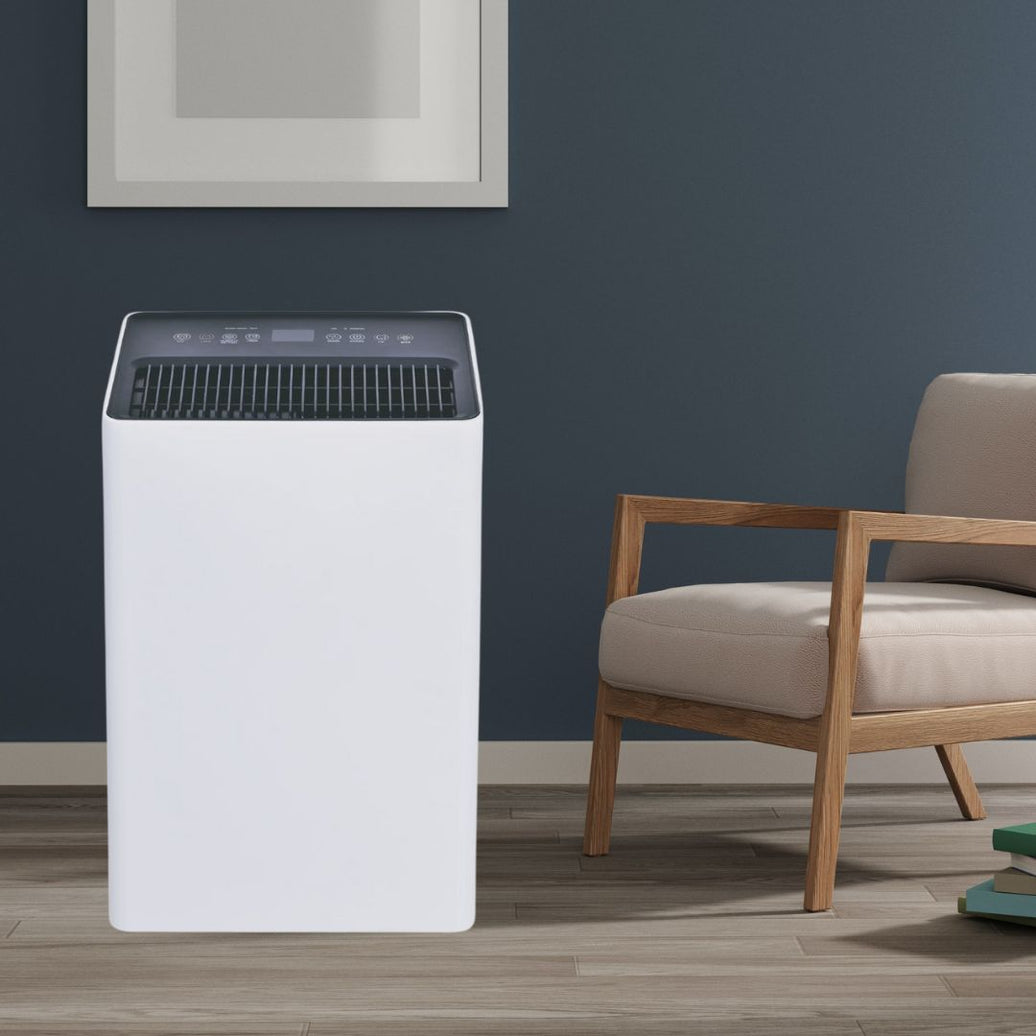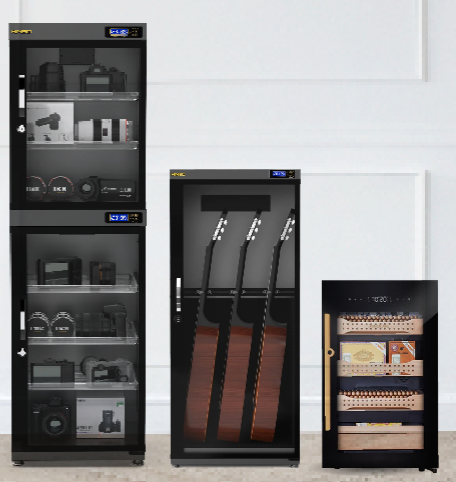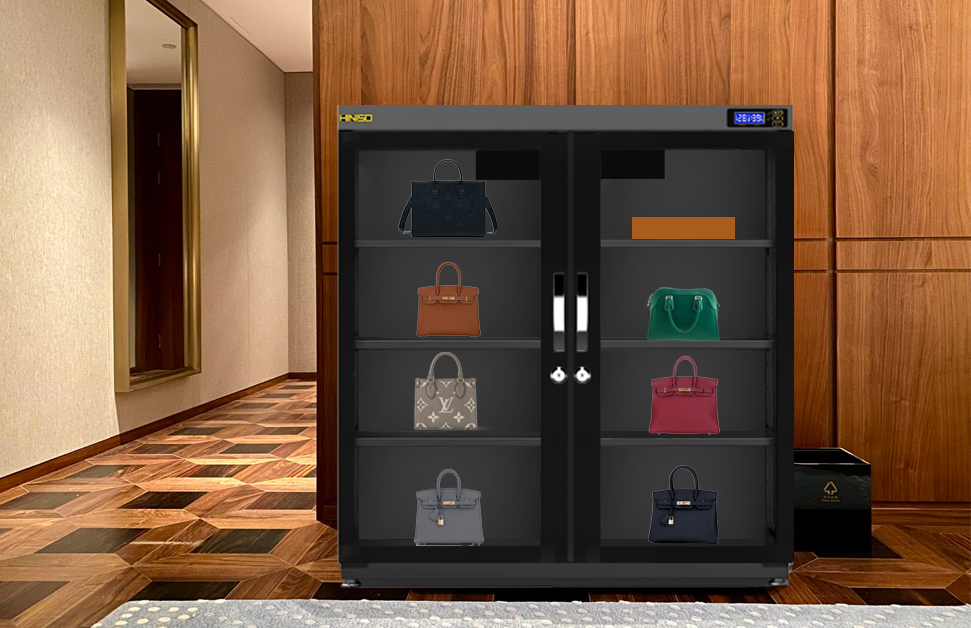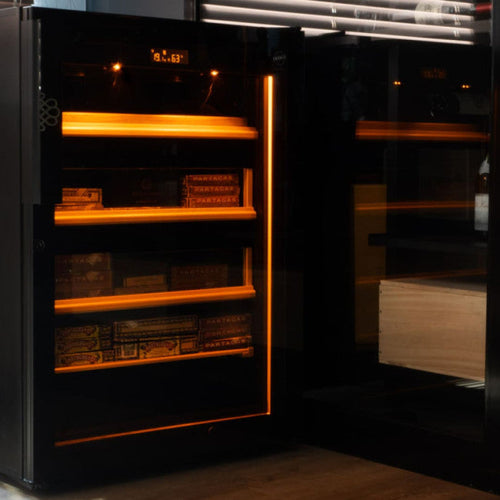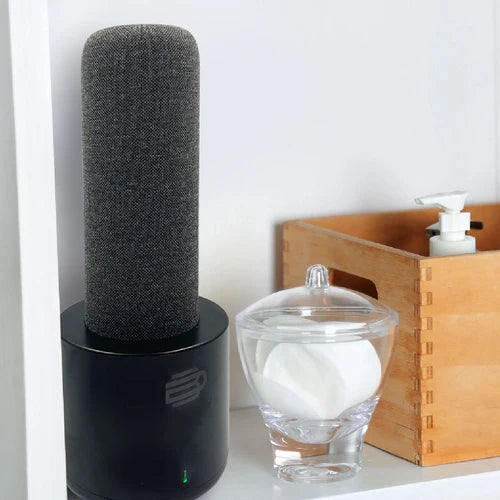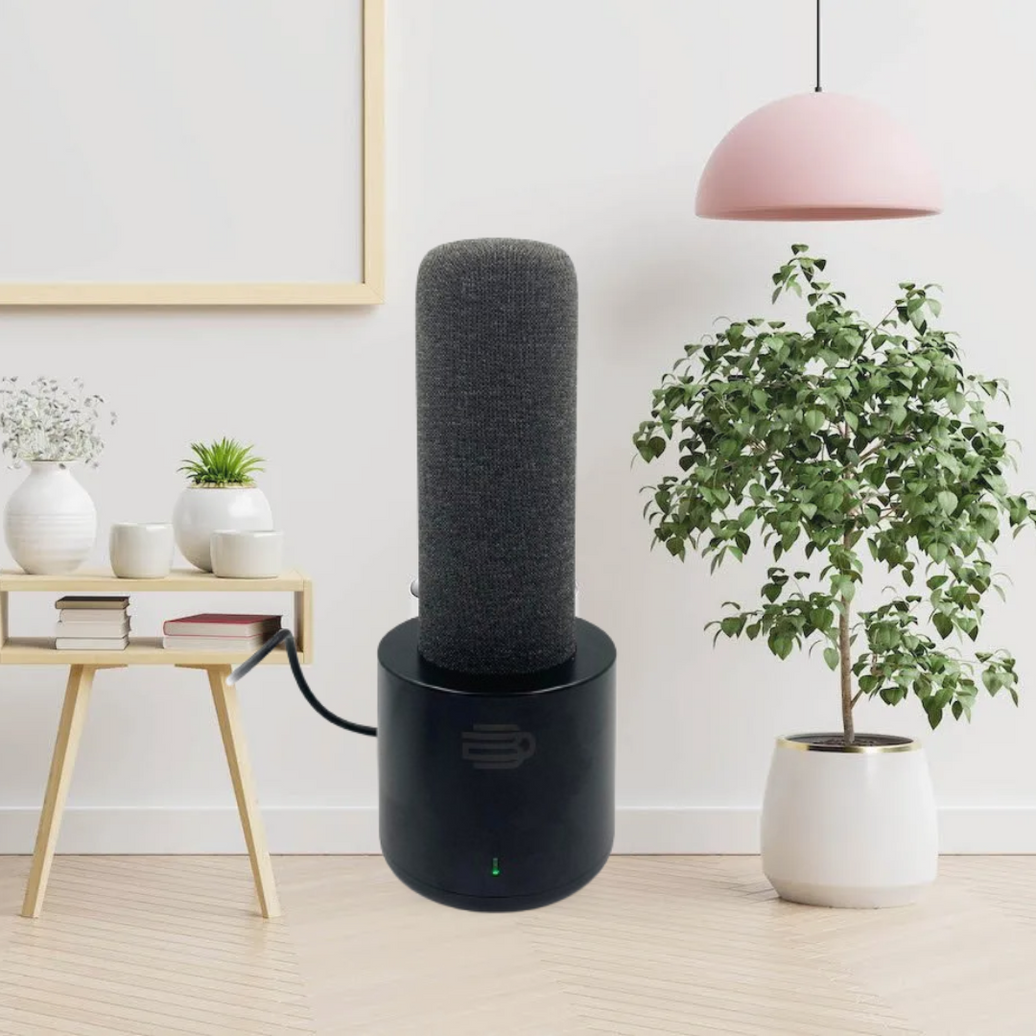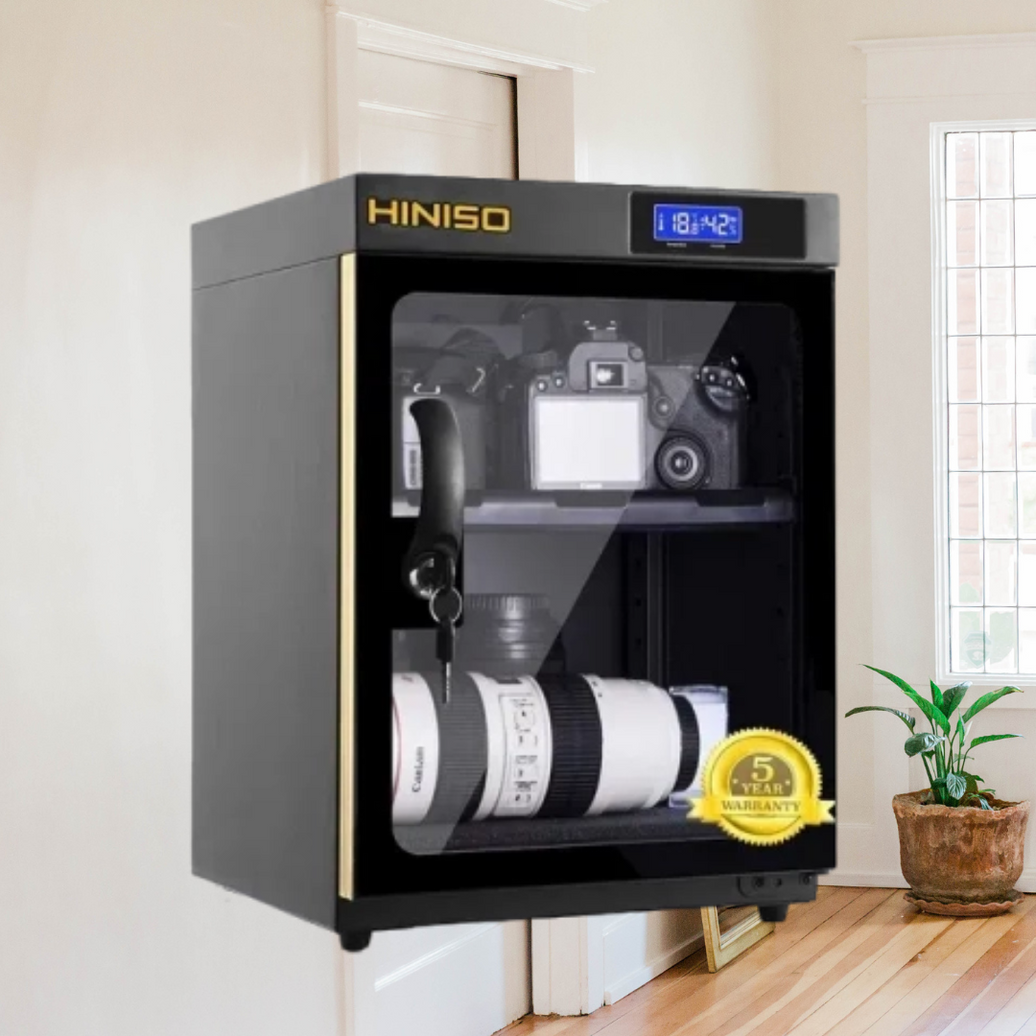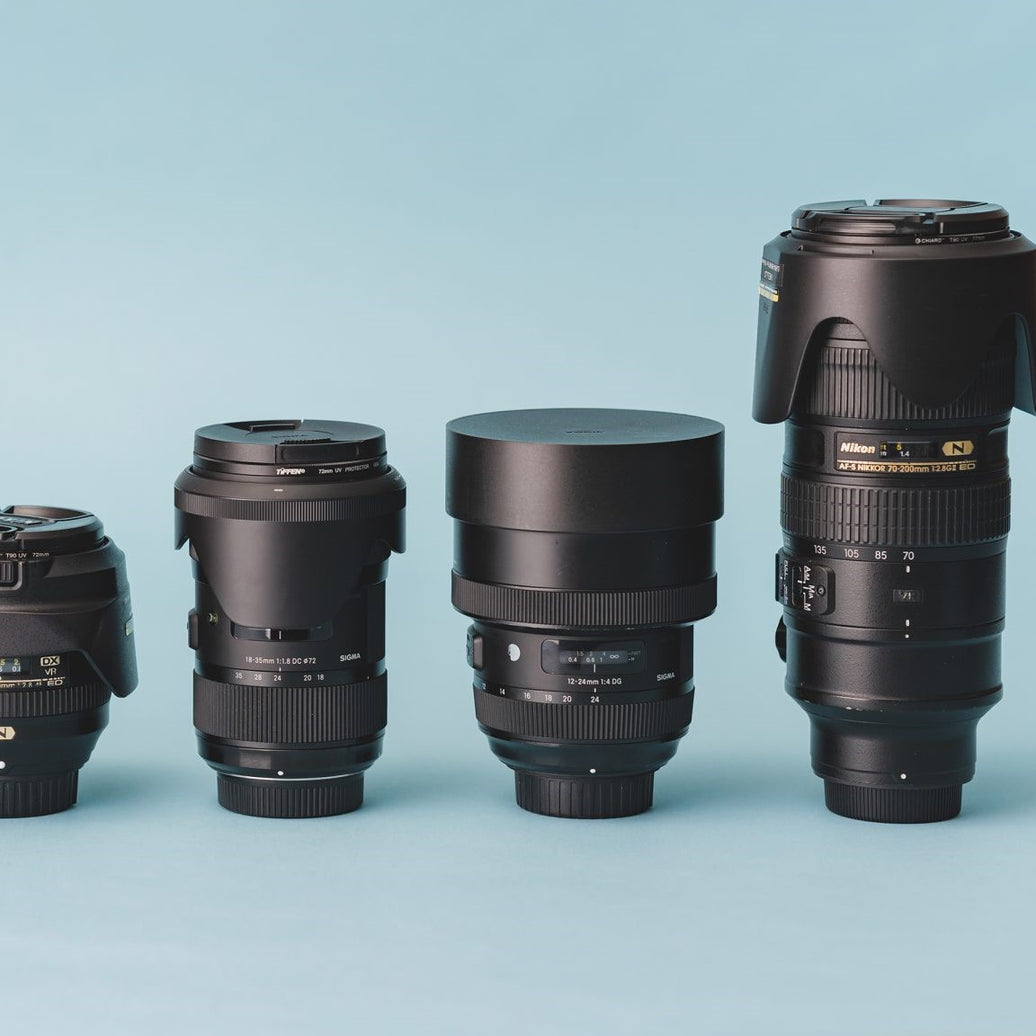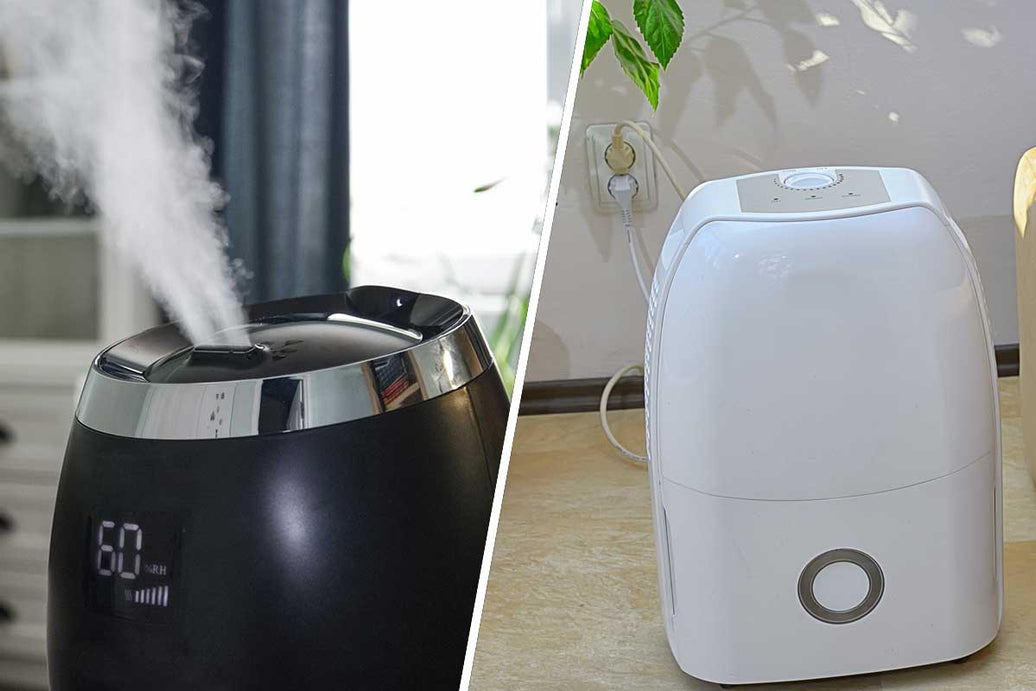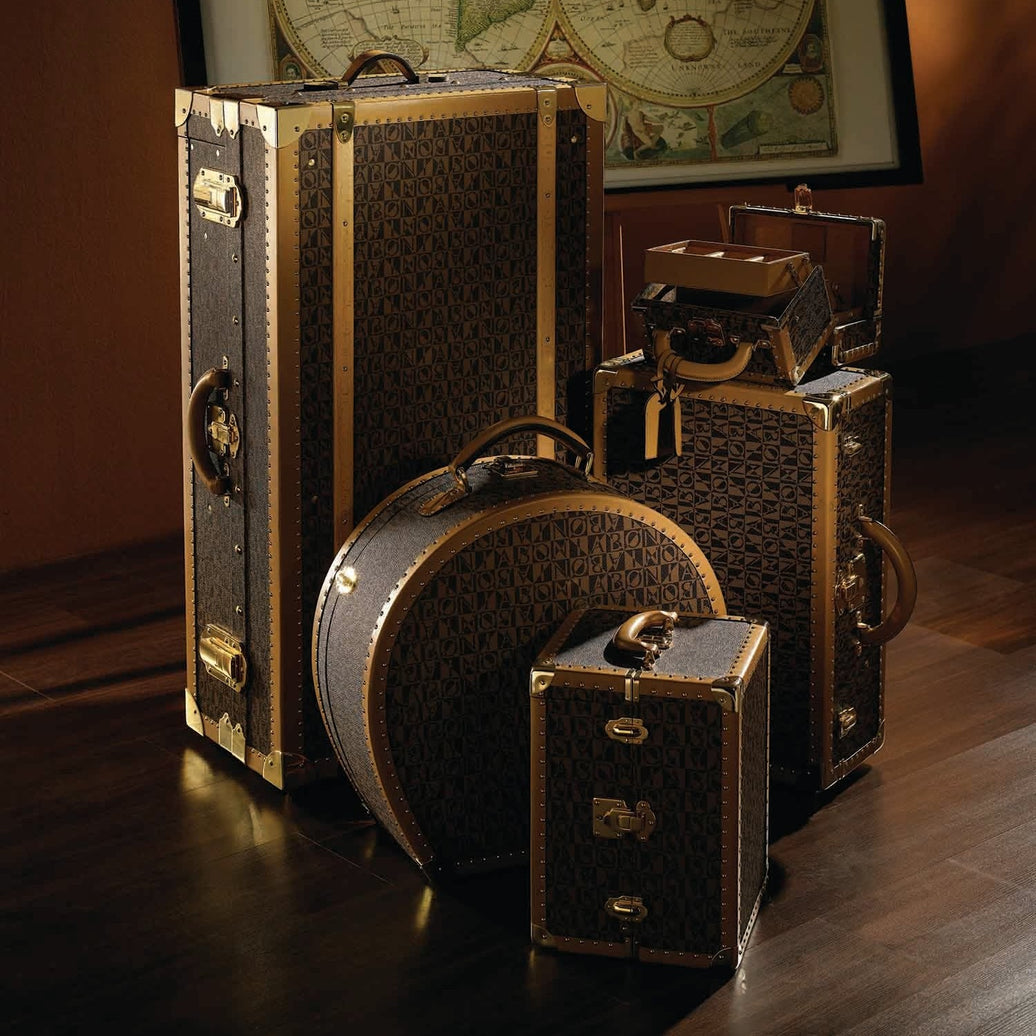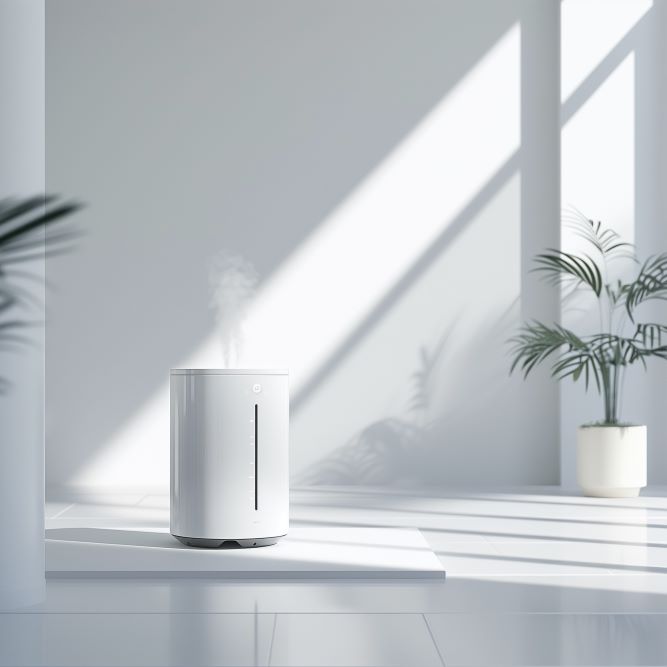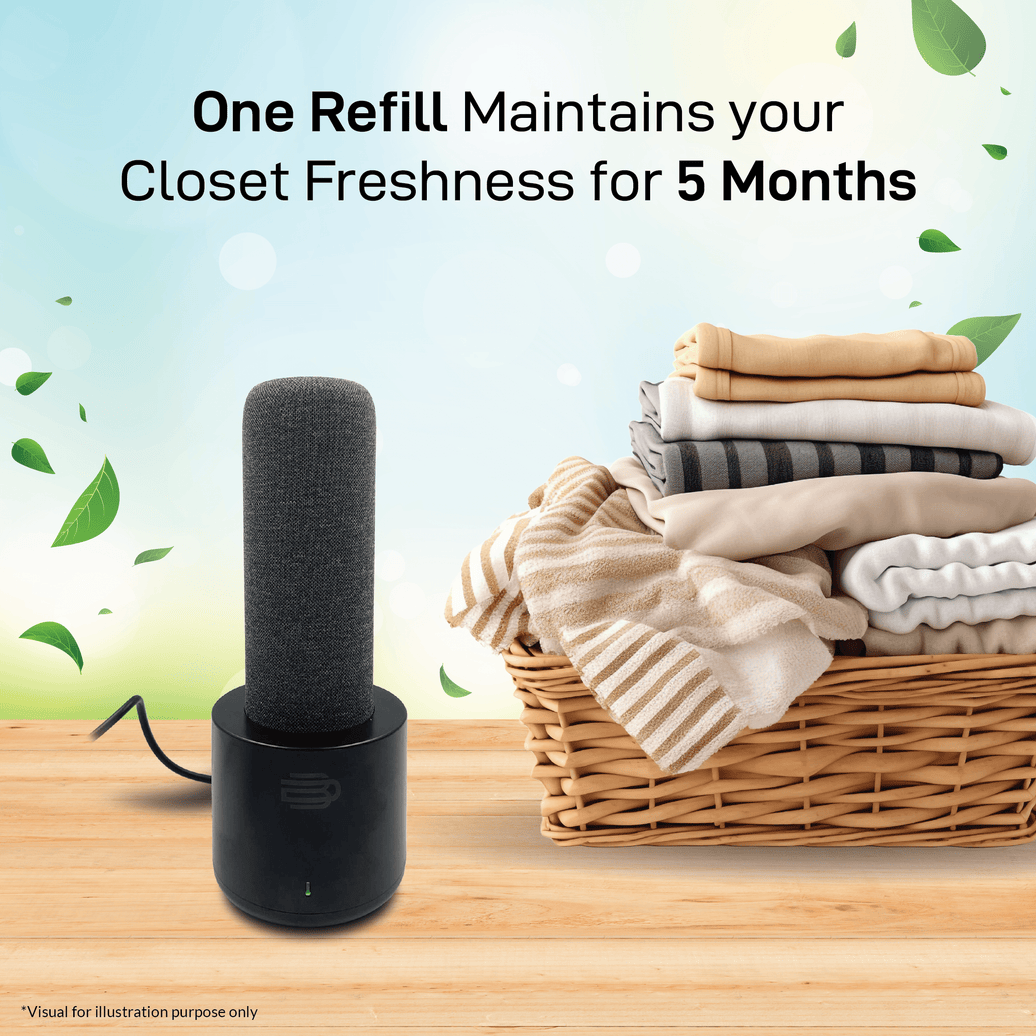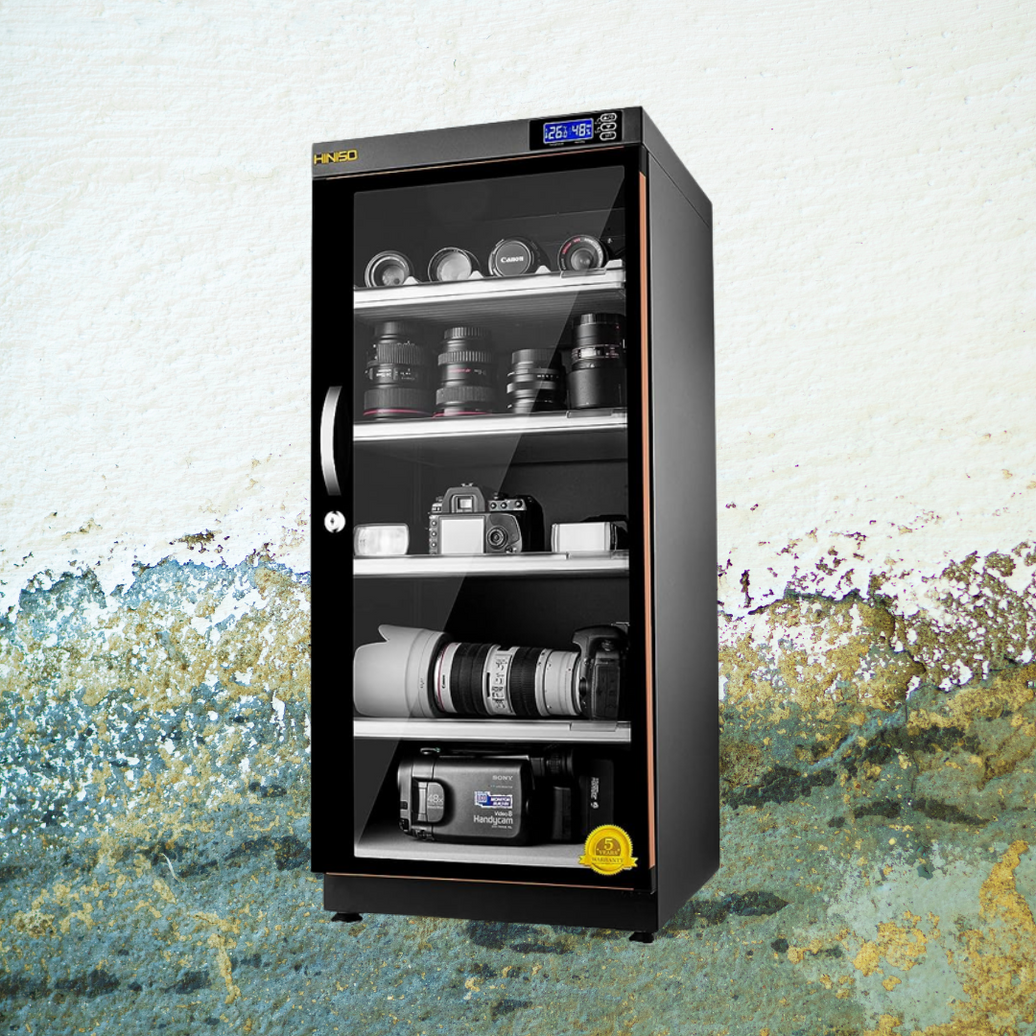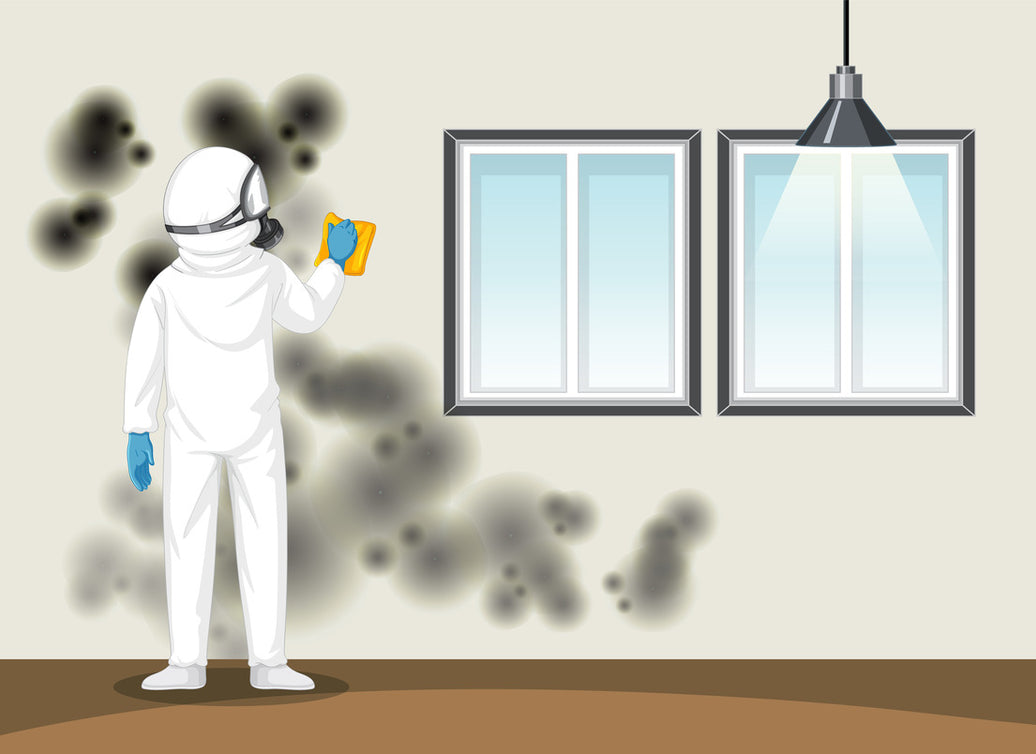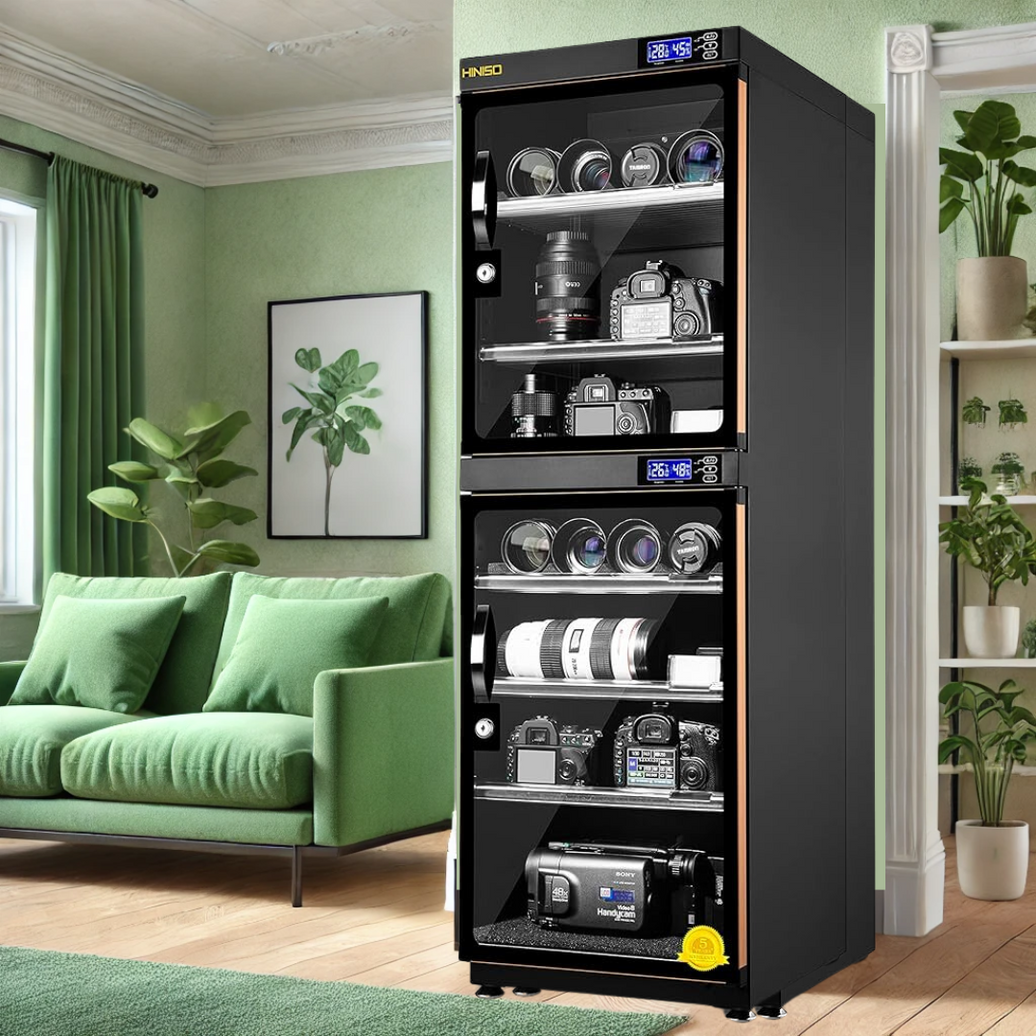When it comes to protecting your valuable camera gear, electronic devices, or moisture-sensitive materials, the choice of a dry cabinet is crucial. You've probably heard about both digital and analog dry cabinets, but which one should you go for? Let's dive into the world of moisture control and explore the pros and cons of these two options.
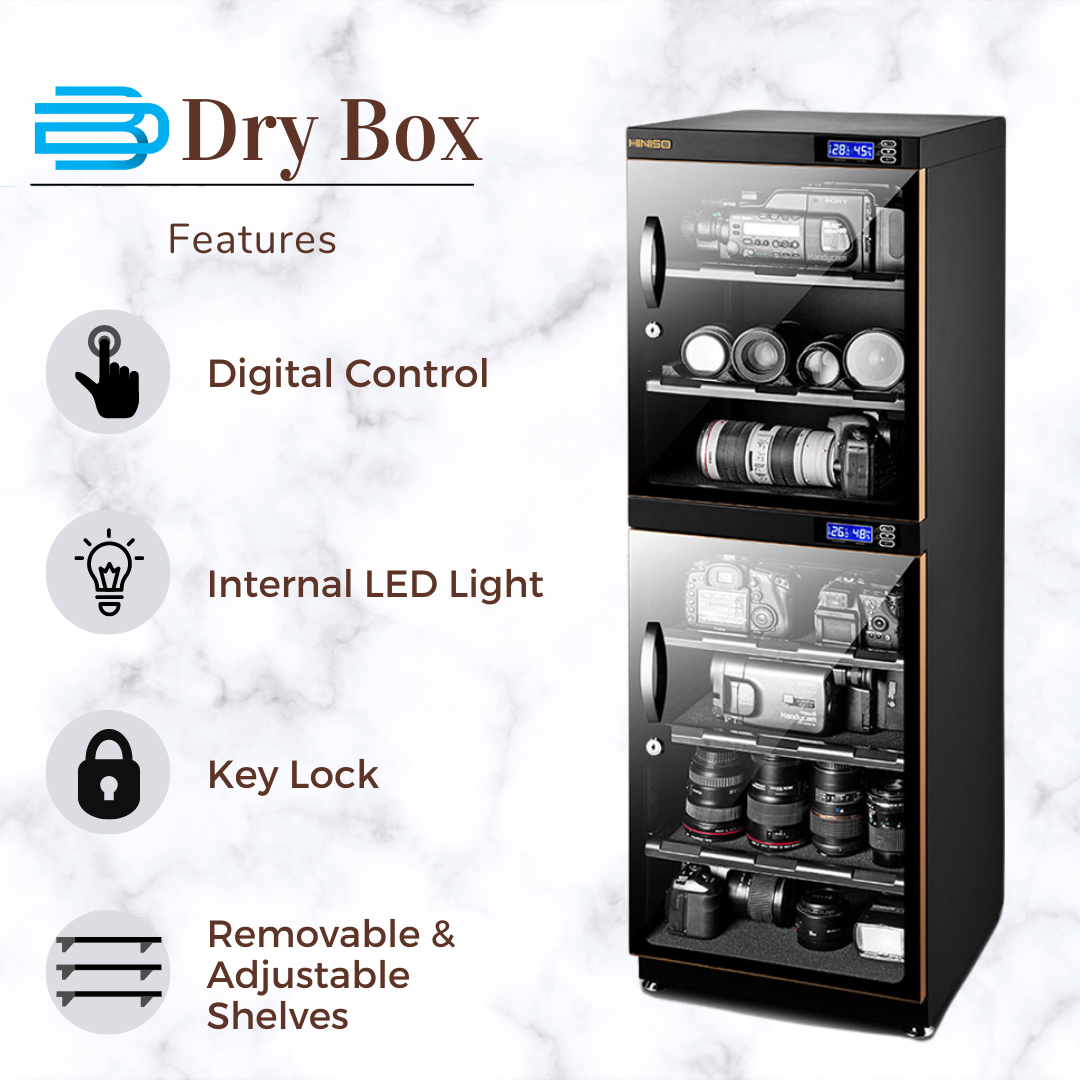
Digital Dry Cabinets: The Modern Marvel
Pros:
1) Precision and Accuracy
Digital dry cabinets shine when it comes to precise humidity control. You can set your desired humidity level, and the built-in sensors and microcontrollers do the rest. This means your equipment is stored at an optimal humidity level, which can be critical for sensitive electronics.
2) Digital Display
Most digital cabinets come with an easy-to-read digital display that shows the current humidity level, making it effortless to monitor the conditions inside.
3) User-Friendly
These cabinets are usually user-friendly. Setting and adjusting humidity levels is often as simple as pressing a button.
4) Customizable Alerts
Many digital cabinets offer customizable alerts. You can set alarms for when humidity levels go above or below your desired range, ensuring you stay informed about any changes.
Cons:
1) Power Dependency
Digital cabinets rely on electricity to operate. In the event of a power outage, you'll want a backup power source to maintain humidity control.
2) Initial Cost
They are often more expensive than their analog counterparts due to their advanced technology and features.
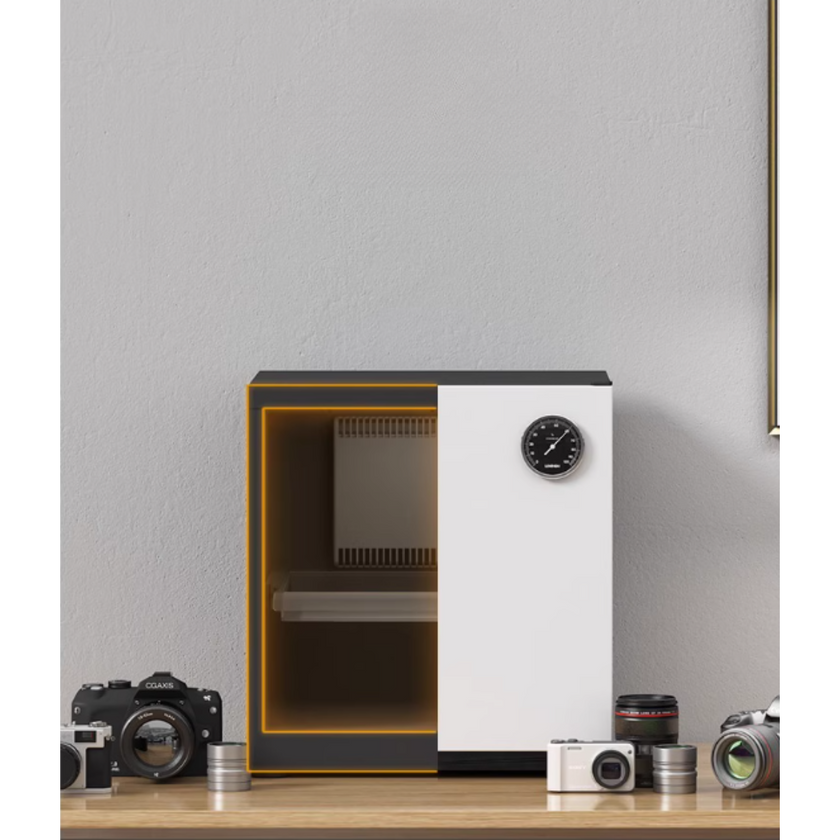
Analog Dry Cabinets: A Reliable Classic
Pros:
1) Low Energy Consumption
Analog dry cabinets are known for their energy efficiency. They consume less power compared to digital cabinets, making them cost-effective in the long run.
2) No Complicated Electronics
Analog cabinets don't rely on intricate electronics, which means they are less prone to technical malfunctions.
3) No Power Dependency
Since they don't rely on electricity, analog cabinets can store your gear even during power outages.
Cons:
1) Lack of Precision
Analog dry cabinets use a manual dial or knob to set humidity levels. Achieving precision can be challenging, and maintaining a consistent humidity level is not as straightforward.
2) No Digital Monitoring
You won't get a digital display or alarms to notify you of humidity changes. You'll need to manually check the cabinet's hygrometer.
3) Limited Features
Analog cabinets lack some of the advanced features that digital cabinets offer, such as customizable alerts.
The Verdict
Your choice between a digital and an analog dry cabinet ultimately comes down to your specific needs and preferences. If you're working with highly sensitive electronic equipment or require precise humidity control, a digital cabinet is your go-to solution. However, if you value simplicity, reliability, and energy efficiency, an analog cabinet might be the better choice.
In the end, both options are capable of safeguarding your valuable gear from humidity-related damage. It's about finding the right balance between technology and tradition to suit your unique requirements and budget. So, whether you go digital or stick with the classic analog, rest assured that your moisture-sensitive items are in good hands.
